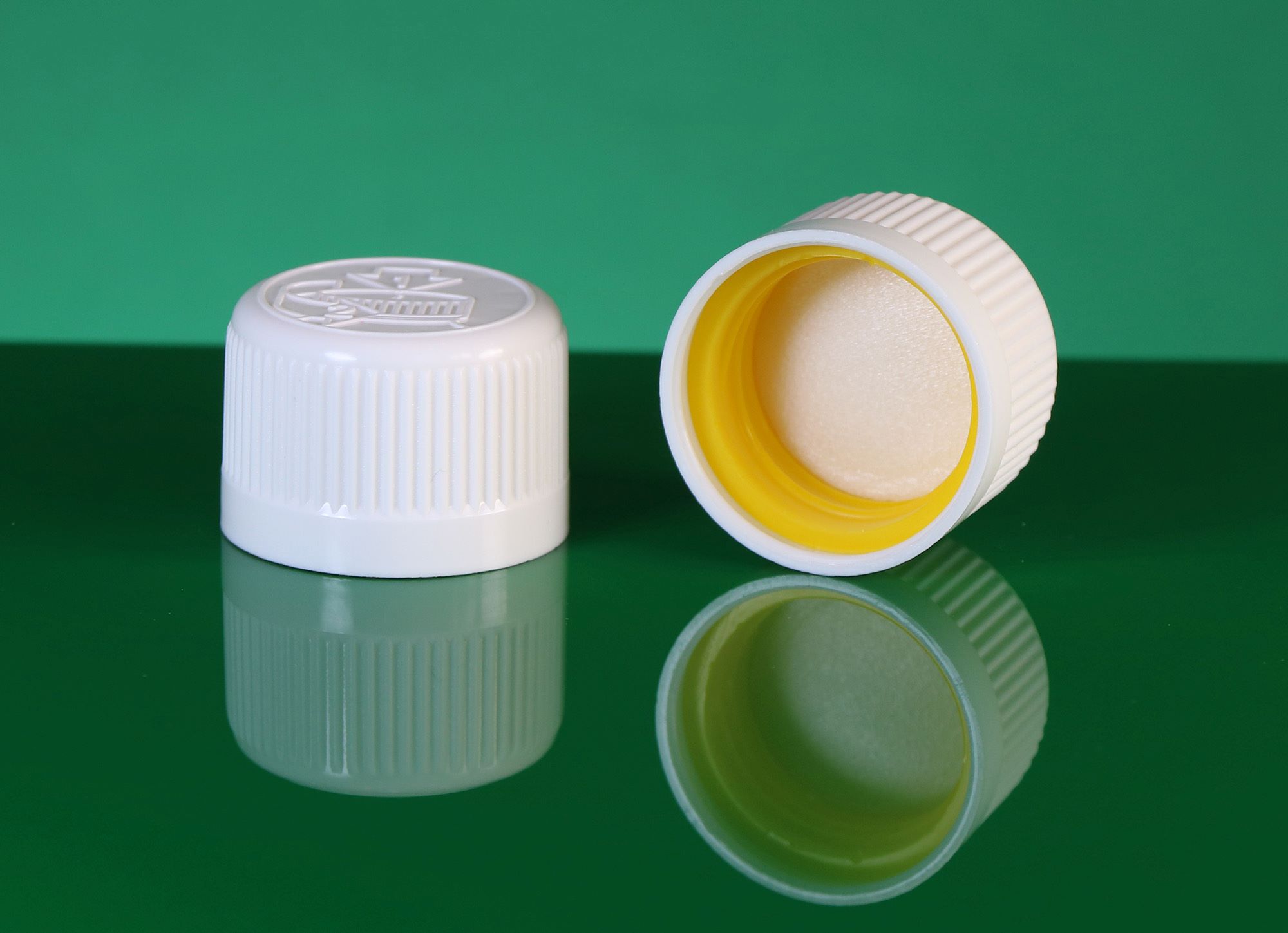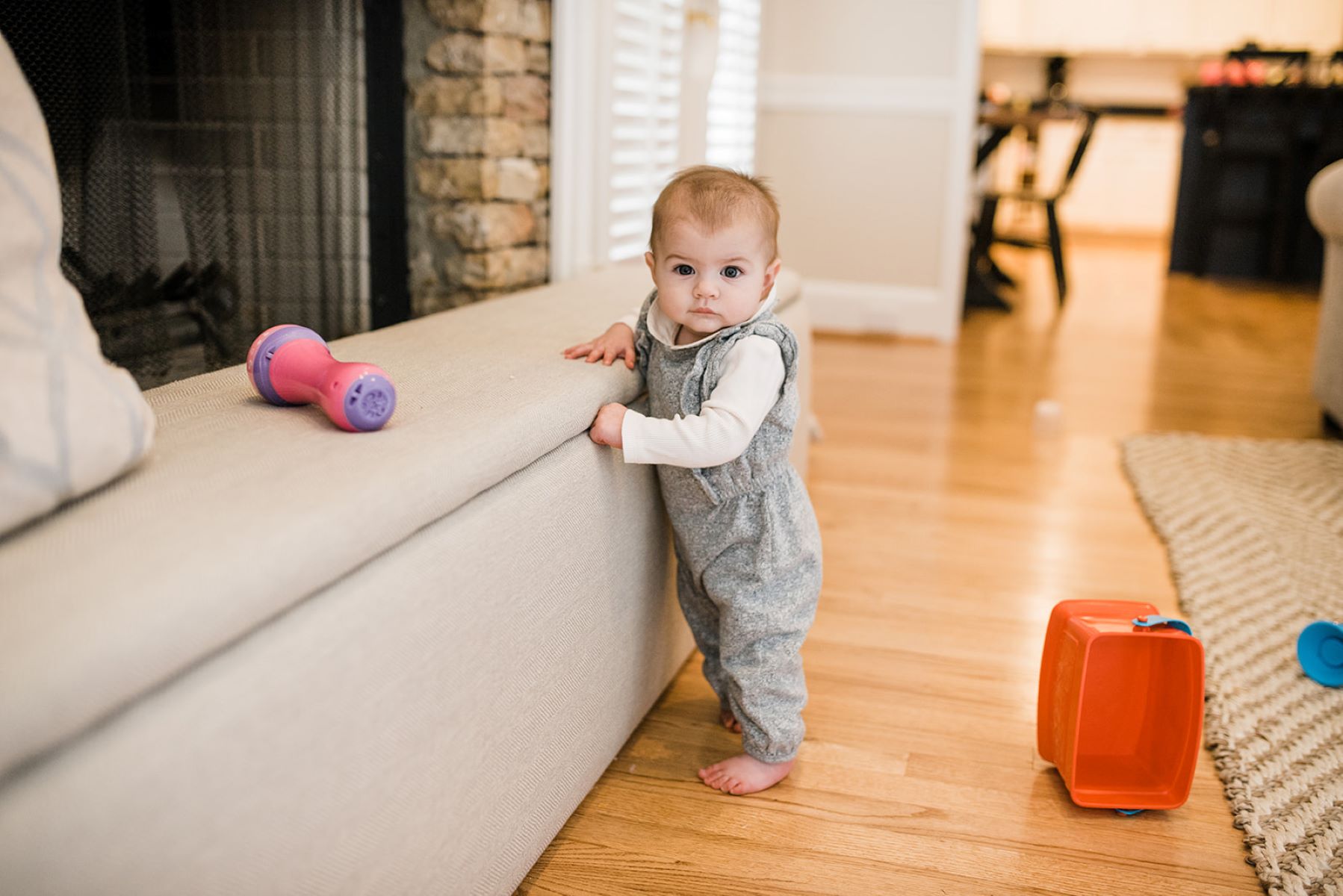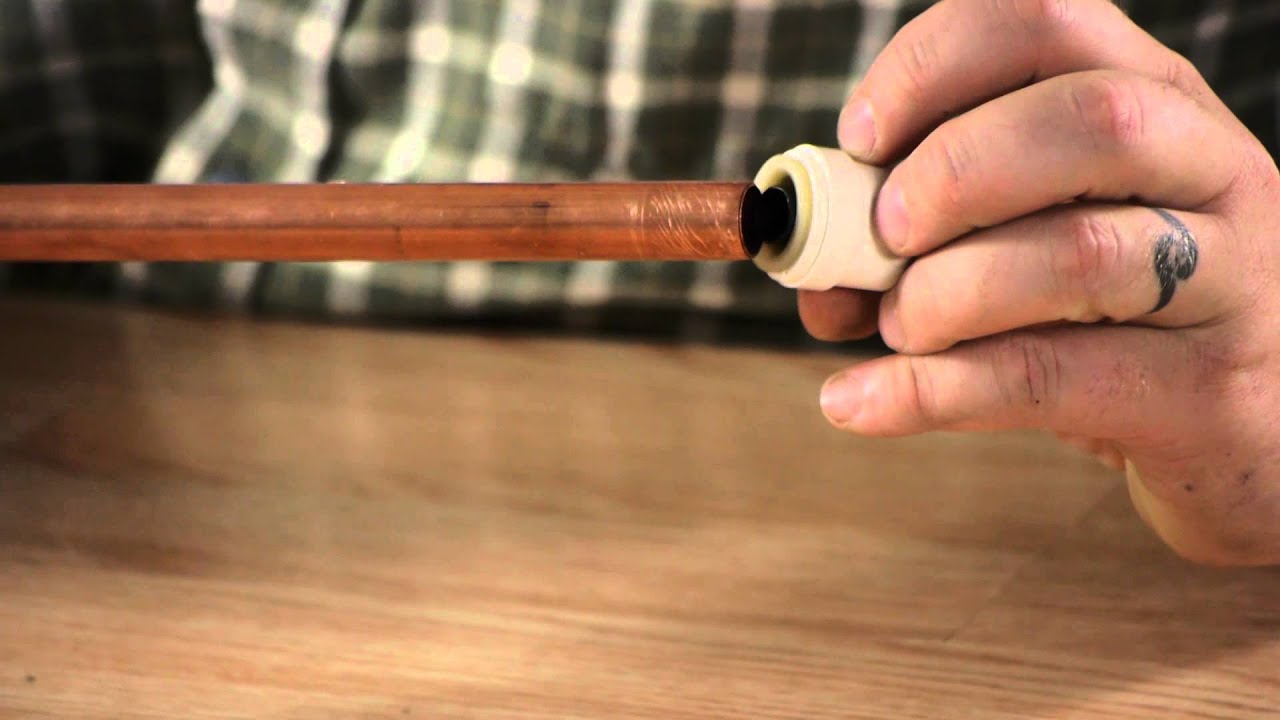Home>Maintenance & Safety>Safety Equipment & Products>What Is A Childproof Cap?


Safety Equipment & Products
What Is A Childproof Cap?
Modified: August 28, 2024
Learn about the importance of childproof caps and how they enhance safety for children. Find reliable safety equipment and products here.
(Many of the links in this article redirect to a specific reviewed product. Your purchase of these products through affiliate links helps to generate commission for Storables.com, at no extra cost. Learn more)
Introduction
Childproof caps are a crucial safety feature designed to prevent young children from accessing potentially harmful substances, such as medications, chemicals, and cleaning products. These specialized caps are equipped with mechanisms that require a certain level of dexterity and strength to open, thereby reducing the risk of accidental ingestion or exposure by curious little ones.
Child safety is a top priority for parents, caregivers, and manufacturers alike. The implementation of childproof caps has significantly contributed to minimizing the incidence of accidental poisonings and related emergencies among young children. Understanding the purpose, types, effectiveness, regulations, and standards associated with childproof caps is essential for ensuring the well-being of our little ones. Let's delve deeper into the world of childproof caps and explore their significance in safeguarding our children from potential hazards.
Key Takeaways:
- Childproof caps are special safety features that make it hard for kids to open containers with harmful substances, like medicine and cleaning products. They help keep kids safe from accidents.
- There are different types of childproof caps, like push-and-turn and squeeze-and-turn caps, each designed to make it tough for kids to open containers. They help protect kids from getting into things they shouldn’t.
Read more: What To Do When A Childproof Cap Won’t Open
Purpose of Childproof Caps
The primary purpose of childproof caps is to mitigate the risk of accidental poisoning or exposure to hazardous substances among young children. These specialized caps are specifically engineered to impede a child’s ability to open containers that hold potentially harmful contents. By incorporating innovative locking mechanisms, childproof caps serve as a critical line of defense, providing an extra layer of protection against unintentional ingestion or contact with toxic materials.
Childproof caps are commonly utilized for various products, including prescription medications, over-the-counter drugs, household cleaning agents, and chemical solutions. Their implementation is rooted in the recognition of children’s innate curiosity and tendency to explore their surroundings, often leading them to investigate containers that may contain dangerous substances. Childproof caps act as a deterrent, requiring a level of cognitive and physical capability that surpasses a young child’s developmental stage, thereby reducing the likelihood of an accidental encounter with harmful contents.
Moreover, childproof caps not only safeguard children but also provide peace of mind to parents, caregivers, and individuals responsible for storing and handling potentially hazardous materials. By incorporating these safety features, manufacturers and healthcare providers demonstrate their commitment to promoting child safety and minimizing the risks associated with accidental poisonings.
Types of Childproof Caps
Childproof caps are available in various designs, each incorporating distinct mechanisms to prevent easy access by young children. Understanding the different types of childproof caps is essential for selecting the most suitable option based on the specific application and potential hazards associated with the contents of the container.
1. Push-and-Turn Caps: These caps require a combination of pushing down and simultaneously turning the cap to unlock it. The coordinated effort needed to open the container makes it challenging for young children to access its contents, thereby enhancing safety.
2. Squeeze-and-Turn Caps: Squeeze-and-turn caps necessitate the application of pressure while simultaneously turning the cap to release the lock. This design is particularly effective in preventing accidental openings by small children.
3. Two-Step Caps: Two-step caps involve a sequence of actions, such as pushing or squeezing followed by a turning motion, making it more complex for children to open the container. This design adds an extra layer of protection against unauthorized access.
4. Sliding Caps: Sliding caps feature a movable component that needs to be shifted or slid in a specific manner to align with the opening, allowing access to the contents. This mechanism presents a unique challenge for young children, as it requires a level of coordination and understanding that surpasses their developmental capabilities.
5. Twist-and-Push Caps: Twist-and-push caps combine twisting and pushing actions to unlock the cap, offering enhanced security against accidental openings by children. The dual-action mechanism contributes to the overall effectiveness of this type of childproof cap.
6. Specialized Caps: In addition to the aforementioned types, specialized childproof caps tailored for specific products and industries are available. These may include customized designs with advanced locking mechanisms to address the unique safety requirements of particular applications.
Each type of childproof cap is engineered to provide a distinct level of resistance, requiring specific actions that pose a challenge to young children while remaining accessible to adults. Manufacturers carefully consider the intended use and target audience when selecting the most suitable childproof cap design to ensure optimal safety and convenience.
Always store medications and household chemicals in containers with childproof caps. Remember to close the cap tightly after each use to prevent accidental ingestion by children.
Effectiveness of Childproof Caps
The effectiveness of childproof caps in preventing accidental access to hazardous substances has been widely acknowledged, with extensive research and real-world data supporting their role in reducing the incidence of accidental poisonings among young children. The intricate design and functionality of childproof caps contribute significantly to their overall effectiveness in safeguarding against unintentional exposure to potentially harmful contents.
Childproof caps are engineered to pose a formidable challenge to young children, requiring a combination of cognitive understanding, dexterity, and strength to unlock the container. This multi-faceted approach serves as a deterrent, effectively deterring curious children from gaining access to the contents. The complexity of the locking mechanisms is carefully calibrated to surpass the developmental capabilities of young children while remaining accessible to adults, ensuring ease of use for the intended users.
Furthermore, the widespread adoption of childproof caps across various industries, including pharmaceuticals, household chemicals, and personal care products, has contributed to a notable decline in the number of accidental poisonings reported among children. The implementation of these safety measures aligns with the overarching goal of minimizing risks and promoting child safety, reflecting a proactive approach to mitigating potential hazards in everyday environments.
Research studies and empirical evidence have consistently demonstrated the efficacy of childproof caps in preventing unauthorized access to their contents. The robustness of these safety features has been instrumental in reducing the likelihood of accidental ingestions and related emergencies, thereby safeguarding the well-being of young children.
Moreover, the ongoing advancements in childproof cap technology, coupled with stringent safety standards and regulations, continue to enhance their overall effectiveness. Manufacturers are continually innovating to develop increasingly sophisticated locking mechanisms that offer heightened protection while ensuring user-friendly functionality for adults.
While childproof caps significantly reduce the risk of accidental poisonings, it is essential to underscore the importance of proper storage and handling of potentially harmful substances, complementing the protective measures offered by childproof caps. By promoting responsible storage practices and raising awareness about the significance of childproof caps, the collective efforts of manufacturers, healthcare professionals, and caregivers contribute to a safer environment for children.
Regulations and Standards for Childproof Caps
Childproof caps are subject to stringent regulations and standards established to ensure their efficacy in preventing unauthorized access to potentially hazardous contents. These regulatory measures are designed to uphold the highest level of safety and protection for young children, encompassing diverse industries where childproof caps are employed.
In the pharmaceutical sector, governing bodies such as the Food and Drug Administration (FDA) in the United States and similar regulatory agencies worldwide mandate the use of child-resistant packaging for medications and certain over-the-counter drugs. These regulations stipulate specific testing protocols and performance standards that childproof caps must meet to receive approval for use with pharmaceutical products. The stringent criteria encompass factors such as senior-friendly accessibility, durability, and child-resistant effectiveness, underscoring the comprehensive evaluation process that childproof caps undergo.
Similarly, regulatory authorities overseeing the production and distribution of household chemicals, cleaning agents, and other potentially harmful substances impose rigorous requirements for childproof packaging. Manufacturers are obligated to adhere to established standards that address the design, functionality, and child-resistant properties of caps and closures used for these products. Compliance with these standards is essential for ensuring the safety and well-being of children in environments where such substances are present.
Regulatory frameworks also extend to international standards organizations, such as the International Organization for Standardization (ISO), which collaborates with industry experts to develop globally recognized guidelines for child-resistant packaging. These standards encompass a broad spectrum of considerations, encompassing design principles, testing methodologies, and performance criteria to ascertain the effectiveness of childproof caps across diverse applications and geographic regions.
Furthermore, the comprehensive nature of regulations governing childproof caps encompasses ongoing monitoring and assessment to address emerging safety concerns and technological advancements. This proactive approach ensures that child-resistant packaging continues to evolve in tandem with evolving risks and innovations, maintaining its efficacy in safeguarding children from accidental poisonings and exposure to harmful substances.
Manufacturers play a pivotal role in adhering to and exceeding regulatory requirements, leveraging their expertise in materials science, engineering, and safety to develop cutting-edge childproof caps that meet or surpass industry standards. By integrating state-of-the-art technologies and best practices, manufacturers contribute to the continual enhancement of child-resistant packaging, reinforcing its pivotal role in protecting young children from preventable accidents.
Read more: What Makes Childproof Containers Childproof?
Conclusion
Childproof caps stand as a testament to our unwavering commitment to safeguarding the well-being of our youngest members of society. These specialized safety features, encompassing a diverse array of designs and applications, play a pivotal role in mitigating the risks associated with accidental poisonings and exposure to hazardous substances among children.
By integrating innovative locking mechanisms and adhering to stringent regulatory standards, childproof caps serve as a formidable barrier against unauthorized access to potentially harmful contents. Their effectiveness in deterring young children from opening containers containing medications, household chemicals, and other hazardous substances has been well-documented, contributing to a significant reduction in accidental poisonings and related emergencies.
Furthermore, the collaborative efforts of regulatory authorities, manufacturers, healthcare professionals, and caregivers underscore the collective dedication to promoting child safety. Stringent regulations and standards governing childproof caps ensure that these safety features undergo rigorous testing and evaluation, upholding the highest levels of efficacy and reliability.
As we look to the future, the evolution of childproof caps continues to be driven by a steadfast commitment to innovation and excellence. Manufacturers are continuously refining the design and functionality of childproof caps, leveraging advancements in materials science and engineering to enhance their child-resistant properties while maintaining user-friendly accessibility for adults.
Ultimately, the significance of childproof caps extends beyond their tangible attributes, encapsulating a profound dedication to protecting the innocence and well-being of our children. Through responsible storage practices, heightened awareness, and the widespread adoption of child-resistant packaging, we collectively contribute to creating safer environments where our children can thrive without undue risk.
As we embrace the pivotal role of childproof caps in fortifying child safety, let us continue to champion their importance and advocate for their widespread implementation across diverse industries. By doing so, we reinforce our steadfast commitment to nurturing a world where children are shielded from preventable harm, allowing them to explore, learn, and grow with boundless safety and security.
Frequently Asked Questions about What Is A Childproof Cap?
Was this page helpful?
At Storables.com, we guarantee accurate and reliable information. Our content, validated by Expert Board Contributors, is crafted following stringent Editorial Policies. We're committed to providing you with well-researched, expert-backed insights for all your informational needs.















0 thoughts on “What Is A Childproof Cap?”